Alberta
Province advancing plans to build stand-alone Stollery Children’s Hospital
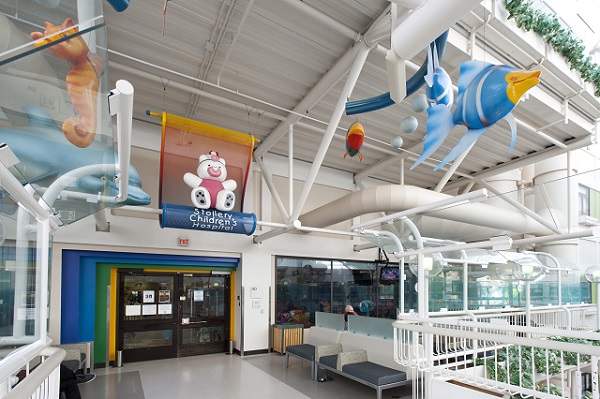
Investing in a new Stollery Children’s Hospital |
If passed, Budget 2024 will allocate $20 million over three years to advance plans for a stand-alone Stollery Children’s Hospital in Edmonton.
With 236 beds, the Stollery Children’s Hospital is the second-largest children’s hospital in Canada and has among the highest inpatient volumes of any children’s hospital in Canada. As the province’s population continues to grow, it is crucial that children in Edmonton and northern Alberta have access to the specialized care they need.
Alberta’s government is steadfast in its commitment to build a stand-alone Stollery Children’s Hospital. A new facility would provide more beds, larger clinical spaces, more private rooms and dedicated areas for children and their families. It would also result in additional teaching spaces and state-of-the-art technologies to enhance health care delivery specifically for children.
“A new, stand-alone children’s hospital will build capacity and enable health care providers to continue delivering world-class care to children. This investment, as well as other capital investments outlined in Budget 2024, is an example of how we are creating a more unified and efficient health care system for Albertans. I look forward to sharing more details soon.”
“The new Stollery Children’s Hospital project is the latest addition to Edmonton’s health care infrastructure. Building upon the successes of recent projects like the new emergency department at the Misericordia Community Hospital and Norwood West at the Gene Zwozdesky Centre, the new Stollery will help increase health care capacity in the capital region.”
Alberta’s government initially invested in the project in 2021, providing $1 million that was matched by the Stollery Children’s Hospital Foundation. The proposed investment in Budget 2024 will include $17 million in new funding, following the $3 million invested through last year’s budget, for a total investment of $21 million in government funding over four years.
The investment in a new stand-alone Stollery Children’s Hospital is not only important for families in the city of Edmonton and capital region, it is important for families living across northern Alberta. The Stollery Children’s Hospital serves families in a geographical area of more than 500,000 square kilometres, stretching from Red Deer to Alberta’s northernmost border with the Northwest Territories. Almost 40 per cent of inpatients at the Stollery come from outside the Edmonton area and the hospital is the closest and primary children’s hospital for residents of the Northwest Territories.
“The Stollery has an incredible reputation for the impact it makes in the community, and especially in northern Alberta. This stand-alone Stollery Children’s Hospital is a long-awaited, necessary project that will help provide additional health care services to children and their families when they need it the most.”
“This remarkable investment will take us one step closer to our goal of building a reimagined Stollery Children’s Hospital for the future. A new Stollery is poised to provide the most innovative, modern and family-centred physical and mental health care to help bring hope and comfort to kids dealing with serious illness and injury. Thank you to the Government of Alberta for recognizing the very real need for this hospital.”
“A new Stollery Children’s Hospital is urgently needed to provide dedicated care for our children. By separating kids from adults, a stand-alone Stollery ensures a nurturing environment and the most modern pediatric equipment and resources to offer families like ours a health care space designed exclusively for our children.”
Plans for the new hospital include integrating mental health resources, virtual care, research and training facilities to better support patients and improve health outcomes. There will also be a focus on ensuring health care providers, parents and caregivers have the resources they need to support patients.
Alberta’s government remains dedicated to expanding and modernizing hospitals and facilities to provide Albertans with high-quality health care while increasing system capacity and supporting front-line health care workers.
“Alberta’s government is committed to building a stand-alone Stollery Children’s Hospital when planning is complete. A new facility would provide more beds, larger clinical spaces, more private rooms and dedicated areas for children and their families. There would also be more teaching spaces and state-of-the-art technologies to enhance health care delivery.”
Quick facts
- Established in 2001, the Stollery Children’s Hospital is a full-service pediatric hospital and centre for complex pediatric care and research.
- The Stollery Children’s Hospital sees about 300,000 children, 55,000 emergency room visits and 12,000 surgeries annually.
Related news
Alberta
Alberta takes big step towards shorter wait times and higher quality health care

From the Fraser Institute
On Monday, the Smith government announced that beginning next year it will change the way it funds surgeries in Alberta. This is a big step towards unlocking the ability of Alberta’s health-care system to provide more, better and faster services for the same or possibly fewer dollars.
To understand the significance of this change, you must understand the consequences of the current (and outdated) approach.
Currently, the Alberta government pays a lump sum of money to hospitals each year. Consequently, hospitals perceive patients as a drain on their budgets. From the hospital’s perspective, there’s little financial incentive to serve more patients, operate more efficiently and provide superior quality services.
Consider what would happen if your local grocery store received a giant bag of money each year to feed people. The number of items would quickly decline to whatever was most convenient for the store to provide. (Have a favourite cereal? Too bad.) Store hours would become less convenient for customers, alongside a general decline in overall service. This type of grocery store, like an Alberta hospital, is actually financially better off (that is, it saves money) if you go elsewhere.
The Smith government plans to flip this entire system on its head, to the benefit of patients and taxpayers. Instead of handing out bags of money each year to providers, the new system—known as “activity-based funding”—will pay health-care providers for each patient they treat, based on the patient’s particular condition and important factors that may add complexity or cost to their care.
This turns patients from a drain on budgets into a source of additional revenue. The result, as has been demonstrated in other universal health-care systems worldwide, is more services delivered using existing health-care infrastructure, lower wait times, improved quality of care, improved access to medical technologies, and less waste.
In other words, Albertans will receive far better value from their health-care system, which is currently among the most expensive in the world. And relief can’t come soon enough—for example, last year in Alberta the median wait time for orthopedic surgeries including hip and knee replacements was 66.8 weeks.
The naysayers argue this approach will undermine the province’s universal system and hurt patients. But by allowing a spectrum of providers to compete for the delivery of quality care, Alberta will follow the lead of other more successful universal health-care systems in countries such as Australia, Germany, the Netherlands and Switzerland and create greater accountability for hospitals and other health-care providers. Taxpayers will get a much better picture of what they’re paying for and how much they pay.
Again, Alberta is not exploring an untested policy. Almost every other developed country with universal health care uses some form of “activity-based funding” for hospital and surgical care. And remember, we already spend more on health care than our counterparts in nearly all of these countries yet endure longer wait times and poorer access to services generally, in part because of how we pay for surgical care.
While the devil is always in the details, and while it’s still possible for the Alberta government to get this wrong, Monday’s announcement is a big step in the right direction. A funding model that puts patients first will get Albertans more of the high-quality health care they already pay for in a timelier fashion. And provide to other provinces an example of bold health-care reform.
Alberta
Alberta’s embrace of activity-based funding is great news for patients

 From the Montreal Economic Institute
From the Montreal Economic Institute
Alberta’s move to fund acute care services through activity-based funding follows best practices internationally, points out an MEI researcher following an announcement made by Premier Danielle Smith earlier today.
“For too long, the way hospitals were funded in Alberta incentivized treating fewer patients, contributing to our long wait times,” explains Krystle Wittevrongel, director of research at the MEI. “International experience has shown that, with the proper funding models in place, health systems become more efficient to the benefit of patients.”
Currently, Alberta’s hospitals are financed under a system called “global budgeting.” This involves allocating a pre-set amount of funding to pay for a specific number of services based on previous years’ budgets.
Under the government’s newly proposed funding system, hospitals receive a fixed payment for each treatment delivered.
An Economic Note published by the MEI last year showed that Quebec’s gradual adoption of activity-based funding led to higher productivity and lower costs in the province’s health system.
Notably, the province observed that the per-procedure cost of MRIs fell by four per cent as the number of procedures performed increased by 22 per cent.
In the radiology and oncology sector, it observed productivity increases of 26 per cent while procedure costs decreased by seven per cent.
“Being able to perform more surgeries, at lower costs, and within shorter timelines is exactly what Alberta’s patients need, and Premier Smith understands that,” continued Mrs. Wittevrongel. “Today’s announcement is a good first step, and we look forward to seeing a successful roll-out once appropriate funding levels per procedure are set.”
The governments expects to roll-out this new funding model for select procedures starting in 2026.
* * *
The MEI is an independent public policy think tank with offices in Montreal, Ottawa, and Calgary. Through its publications, media appearances, and advisory services to policymakers, the MEI stimulates public policy debate and reforms based on sound economics and entrepreneurship.
-
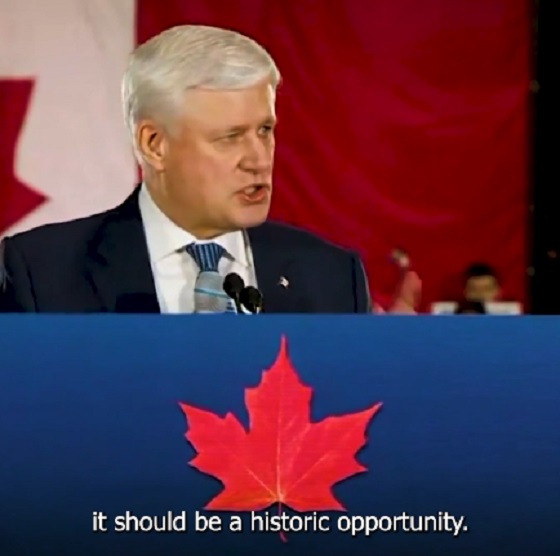
 2025 Federal Election1 day ago
2025 Federal Election1 day agoHarper Endorses Poilievre at Historic Edmonton Rally: “This Crisis Was Made in Canada”
-

 2025 Federal Election1 day ago
2025 Federal Election1 day agoMark Carney’s radical left-wing, globalist record proves he is Justin Trudeau 2.0
-
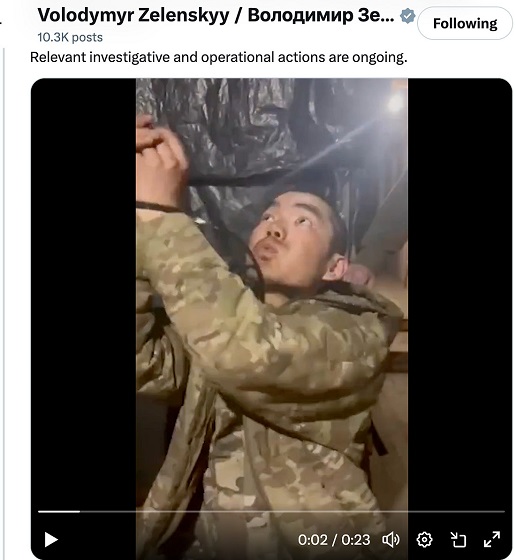
 conflict1 day ago
conflict1 day agoZelensky Alleges Chinese Nationals Fighting for Russia, Calls for Global Response
-
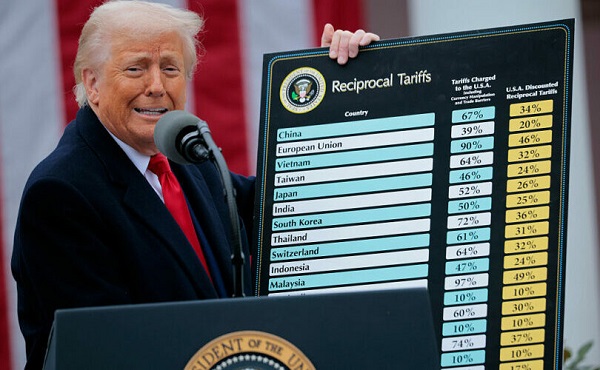
 Business1 day ago
Business1 day agoTrump’s tariff plan replaces free trade with balanced trade. Globalists hate that.
-

 2025 Federal Election1 day ago
2025 Federal Election1 day agoAn In-Depth Campaign Trail “Interview” With Pierre Poilievre
-
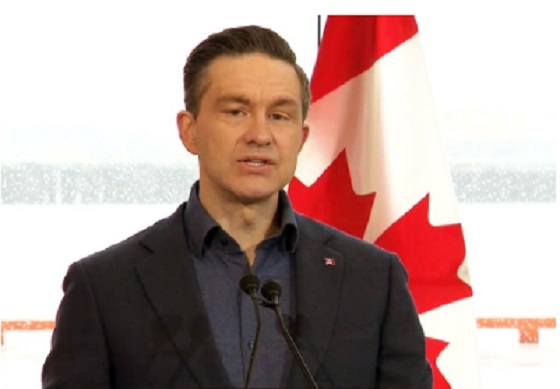
 2025 Federal Election2 days ago
2025 Federal Election2 days agoPoilievre Will Bring in ‘One and Done’ Resource Approvals, and Ten Specific Projects Including LNG Canada Phase II
-

 Bruce Dowbiggin2 days ago
Bruce Dowbiggin2 days agoBettman Gives Rogers Keys To The Empire. Nothing Will Change
-

 Censorship Industrial Complex1 day ago
Censorship Industrial Complex1 day agoScott Atlas: COVID lockdowns, censorship have left a ‘permanent black mark on America’






